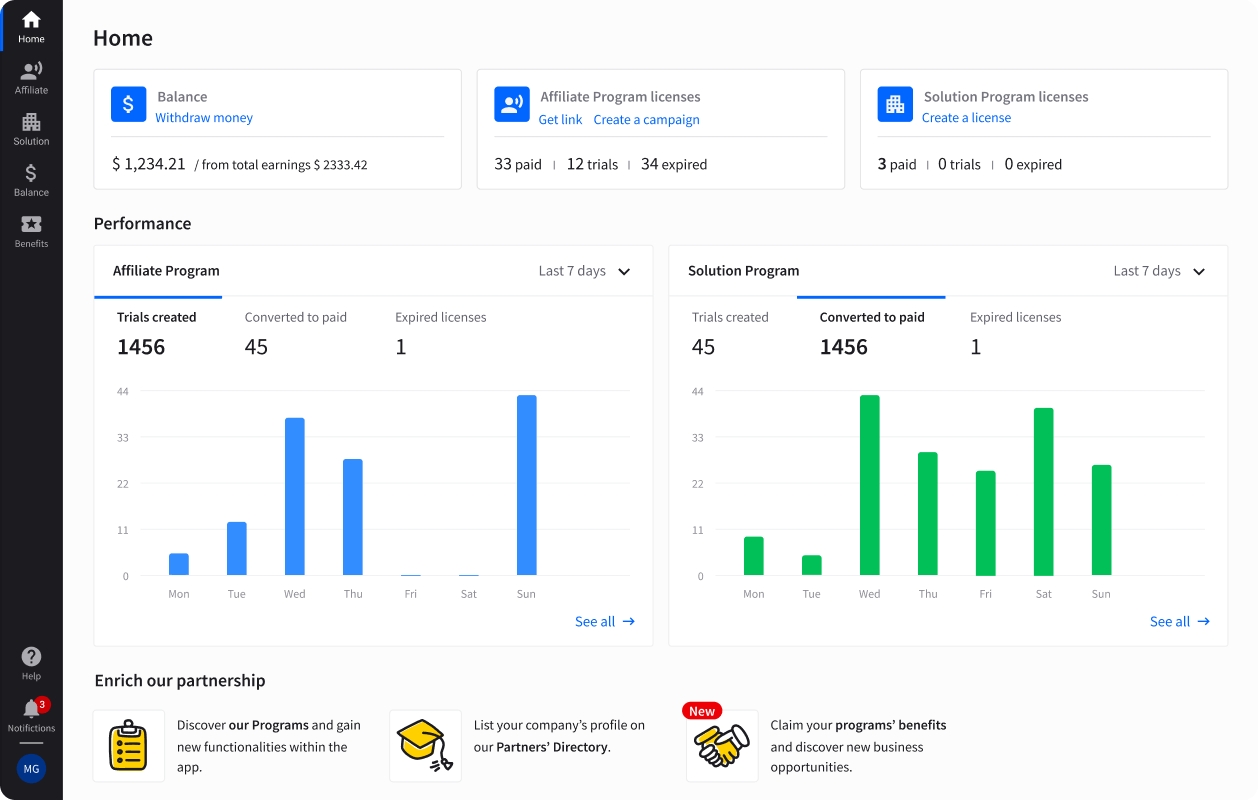Showing top 0 results 0 results found
Showing top 0 results 0 results found

Using product analytics tools the right way can be make-or-break for your SaaS product, but it not as easy as it sounds. If you're not asking the laser-focused questions that will help you find your way through data, you may be simply wasting your time.
The real value of using analytics is how empowering these tools can be. They help you and your team answer almost any product-related questions. Paired with thoughtful in-person user testing sessions, they can serve as a powerful growth engine for your SaaS.
How to choose the best product analytics tool?
I’ve written about it in more detail in my latest post about Google Analytics alternatives, but here’s a quick guide to picking the right product analytics tool:
- Connect with your team and learn what product questions do they need to answer right now. Keep in mind that you’ll also want to choose a tool that will also help you as your SaaS grows.
- Check what options are available to you, and sign up for free trials or demos (most tools offer these).
- Test the tools out and decide which one will be best for you, depending on your needs, the size of your team, and your budget.
Further reading: 7 Google Analytics Alternatives for Product Managers
In today’s post, I would like to write more about the product-related questions I’ve mentioned above. What are they, and how can responding to them help you improve your SaaS platform in the long run?
Before we begin, let’s go through a list of most common mistakes that can happen to you when you’re just starting out as a product marketer or a product manager using product analytics tools.
What are product analytics newbies’ most common mistakes?
You're drawing conclusions without having enough data
We’ve all been there. You pay for a new shiny analytics tool, set it up, and you’re ready to roll. You start creating funnels, segmenting your users into cohorts, and analyzing your website traffic. The only problem is you don’t have enough data, so you can’t draw any conclusions or make changes to your product. That’s why I don’t recommend digging into analytics for very early-stage tools (like, MVP early).
You don’t structure and plan your experiments
This - again - can happen to you if you’re an analytics newbie. You implement a tool and start changing and adding features on your website or in your product straight away. Then you scrap your tests a week later and go chasing another thing. If that’s you: just stop.
As with all things product, a strategy will be crucial here. The throw-things-against-the wall-and-see-what-sticks method may have been effective for some, but it will not be enough if you’re trying to create high growth and built-to-last product.
You aren’t focusing on your core KPIs
Using product analytics tools can feel empowering. You may feel tempted to start checking each and every thing happening in your product and start tweaking it as you go. Before you dive in, here’s an important thing to consider: how is this one element of your product going to impact your overall strategy? Is this truly what you should be focusing on at the moment?
Set your KPIs and stick to them, without any distractions. This way, you can be sure that you’re using product analytics to move the needle for your product as well as your team.
Now, let’s move back to the questions that user analytics tools can help you tackle.
What questions can product analytics tools help you answer?
How are users activating, and what actions do they take within your product?
It may sound complicated, but this is actually easily measurable. Once you have all actions (events) tracked in analytics, you can check which ones are the most/least popular among your users and which ones are more important when it comes to activation within your product (be it chatting with your website visitors or renting out an apartment).
It also help you establish your aha moment, which occurs when user starts understanding you product's value. Finding out when and where does it happen will help you create it for more users and get them over the bridge from new users to the activated ones.
Why and how are users coming back?
What makes the users come back to your product? Is it notifications? Twitter ads? Email campaigns? With tools such as Amplitude or Mixpanel, you will be able to check which of these channels are crucial for user retention.
By using Amplitude’s Compass and Mixpanel’s Signal, you can also check what’s the correlation between different events, like a completed signup and logging in. I recommend establishing once your product will get traction. Ultimately, you'd want to encourage users to take the 'stickiest' actions more often.
What is your user funnel like, and what turns trial users into paying customers?
With analytics, you can also capture other user milestones, such as going from free to a paid account. You can create marketing funnels which will help you track and analyze how are your users moving through your product. You will be able to check which features they are willing to pay for, and which ones are pushing them over the edge to a yearly or monthly paid subscription.
Which of your landing pages are perfectly optimized for conversion?
Once your events are all set up, make sure that you track which of your landing pages get the most visits, which bring you the most conversions, and which ones have the highest visit-to-conversation ratio. Please note that all of these lists may look very different.
What are your signup and onboarding bottlenecks?
Remember that with most user analytics tools, each step of the signup and onboarding process can be carefully tracked as well. Make sure that for each action that users can take in your product you create 2-3 events (depending on its complexity).
In most cases, events such as ‘[action]_started’ and ‘[action]_completed’ will be enough, but for more detailed analysis, you may consider adding ‘[action]_canceled’ or ‘[action]_step1’, etc. This way, you will be able to check the number of drop offs as well. It will also help you decide which processes within your product you should tackle first.
Let me give you an example.
One of the key actions in your product is the series of events related to signup. Depending on its length, you may need to set up events such as ‘signup_started’, ‘signup_step1’, ‘signup_step2’, ‘signup_completed’ in your tracking tool to make sure that each element of the process is captured. You can use these learnings, later on, to improve your UX and decrease the number of users who don’t stick around to the very end.
Over to you
So, here’s my list of questions you can start with when implementing a user analytics tool. Would you add any questions to the list? What issues have you recently addressed at your startup? I’d love to discuss it in the comments below.



